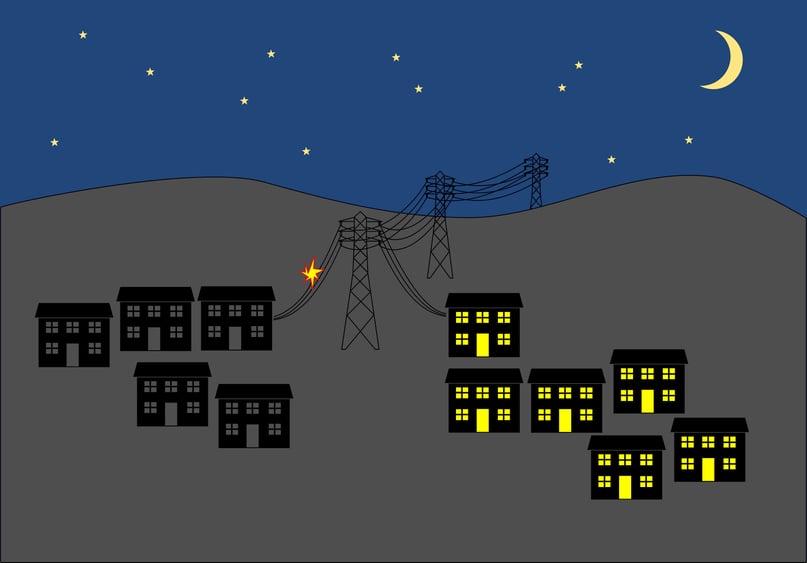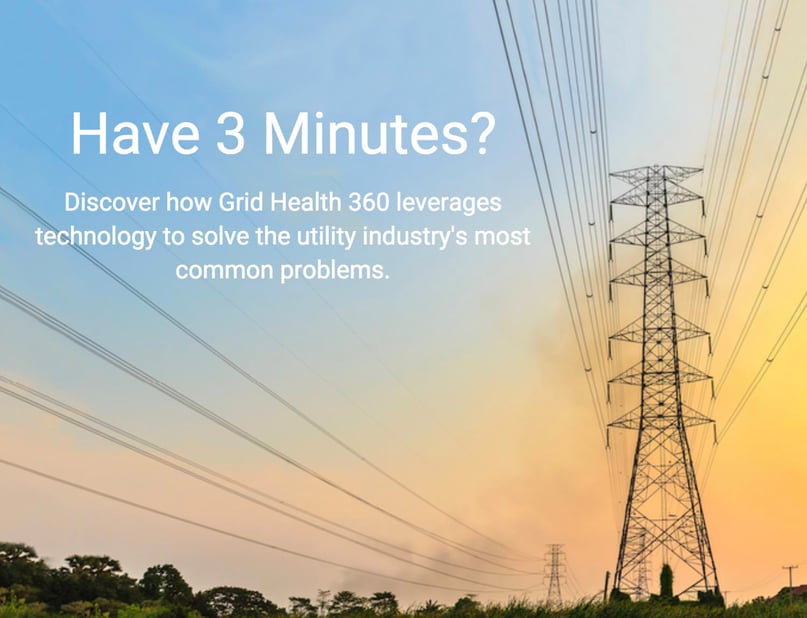Microgrids - The Pros
Financial Benefits
Microgrids offer many financial benefits. Take solar panels as an example. While they take from seven to twenty years to pay for themselves, depending on state tax breaks or discounts, they can save you thousands of dollars each year once paid off. Solar panels add value to your home and can be more economically stable than energy produced from fossil fuels, which has a notorious unstable pricing. Plus utilities frequently boost prices in times of high demand, such as when it is hot outside. Let your microgrid provide energy during such times and avoid the burden of peak pricing.
Reliability
Microgrids are also popular due to their reliability. When electricity has to traverse long distances before arriving at your home, the possibility of a storm, fire, or flood knocking out your power is a constant threat. Locally generated energy does not have to travel far, so a microgrid can provide you power even when extreme weather knocks out most power lines. If your microgrid has diversified and produces energy from multiple sources, such as solar and fuel cells, that adds yet another level of security. If the fuel cell malfunctions, you draw from solar. If the sun is not shining, you draw from the fuel cells.
Hurricane Sandy highlighted the vulnerability of our traditional power distribution system. The largest Atlantic hurricane on record, Sandy left eight million people without power and cost over a billion dollars in lost revenue. Since then, a slew of northeastern states have passed microgrid incentives.
A prime example of microgrid reliability is Hartford, Connecticut. In 2001, A series of storms left 750,000 homes without power for 10 days. To prevent this disaster from reocurring, the city invested in a fuel cell-powered microgrid, which can unplug from the main grid and provide energy to keep the city's vital facilities running. A school, hospital, grocery store, and gas station are all powered by the microgrid.
Heat can prove equally deadly. Borrego Springs, California is a desert community where temperatures frequently break 100 degrees Fahrenheit. The head of the Chamber of Commerce pointed out a somber truth, "Without air conditioning people will die." This fact is exacerbated by the fact that their community has a large population of senior citizens, who are at a higher risk of heat stroke. During a power outage in 2012, the town's microgrid was able to generate electricity for a gas station, an elderly community, and a library that was used as a cool zone.
What about when there is simply not enough energy to go around? The state of California is a prime example. They have been suffering from an energy crisis for the past decade, resulting in rolling blackouts. When it gets hot and thirty-nine million people crank their air conditioners, the state cannot handle the increased demand for power. People are forced to take turns as the utility shuts off power to different sections of the grid throughout the day. If you were running on a microgrid, these rolling blackouts would not affect you.

Faster Construction
This brings up another point. California has been in the midst of an energy crisis for years, so why haven't they built more power plants? It's because traditional power plants take a huge amount of funding and planning, on top of the years it takes to actually construct the facility. Microgrids are smaller, and can therefore be installed more quickly than traditional power plants, even in remote areas without an pre-existing power grid. This makes microgrids a faster solution when dealing with rapidly expanding populations.
Another pro for microgrids at the moment is that there are government incentives out there. Green initiatives offer tax breaks and subsidies for companies and residences considering implementing sources renewable energy generation. These incentives can make a huge difference in the cost of implementing a microgrid and won't be around forever.
Microgrids - The Cons
Resistance from Utilities
As the number of distributed generation options expands, microgrids are becoming more complicated. Before, there may have been a few backup generators hooked onto the main grid that kicked on in the case of an outage. But power mostly flowed in one direction–from the utility to its customers.
Thanks to distributed energy generation, there could now be renewable energy sources, batteries, and fuel cells that decrease energy consumption and even add energy to the grid. Energy flows both ways. This complexity can be managed due to IT advancements and the Internet of Things, but a tool or command center capable of automatically managing various energy sources and storage vessels is essential for more complex microgrids.
This complexity makes a partnership with the local utility company important, as microgrids are generally hooked into the main power grid and sell excess power back to the utility. Depending on where you are, utilities may still be resistant to the idea of microgrids. Some utilities still consider microgrids a threat since they challenge their energy monopoly, so they try to block microgrids from being build.
Regulations
Microgrids also come with a lot of regulatory issues, which may be more difficult to comply with than people expect, as the laws are struggling to catch up to the technology. One large area to keep in mind is cybersecurity. Regulations regarding cybersecurity and customers' personal information is still relatively lax, but a global movement is underway that is forever changing that. On May 25, 2018 the General Data and Protection Regulation was implemented throughout the EU and the UK, implementing a massive overhaul in the way companies have to protect employee data. This is the first of what will be many legislative changes, as consumers demand control of their information.
If your microgrid services a community or town, you will be collecting information from individuals. Addresses, email, the amount of energy consumed...if you are located in Europe, you may already have pages of data security regulations that you have to comply with. If you are not located in Europe, most experts agree that is is only a matter of time before these stricter data security measures spread to North America and other parts of the globe. Regulatory issues are considered "the single most important barrier to microgrid deployment." So don't make the mistake of thinking building a microgrid only involves power–it also involved a slew of data that must be protected.
A New Concept
While microgrids are technically not a new invention, they are being used today in ways they never have been before. They are powering towns and communities, providing energy security to hospitals and businesses, and increasing the resilience of our power grid against Mother Nature. The innovation and progress is astounding.
However, as with all new things, the fact that this has never been done before means many companies are fumbling their way in the dark. There aren't a lot of trained experts in microgrids and smart grids yet, through that trend will change over the coming decade. We've seen an explosion of companies offering to install solar and sell microturbines, but the vast majority of these are startups who are not yet established, because the entire industry is not yet established! This is not necessarily a con, it just means you need to tread carefully and find someone you trust to build your microgrid.

Posted by PDI Marketing Team
Pacific Data Integrators Offers Unique Data Solutions Leveraging AI/ML, Large Language Models (Open AI: GPT-4, Meta: Llama2, Databricks: Dolly), Cloud, Data Management and Analytics Technologies, Helping Leading Organizations Solve Their Critical Business Challenges, Drive Data Driven Insights, Improve Decision-Making, and Achieve Business Objectives.





